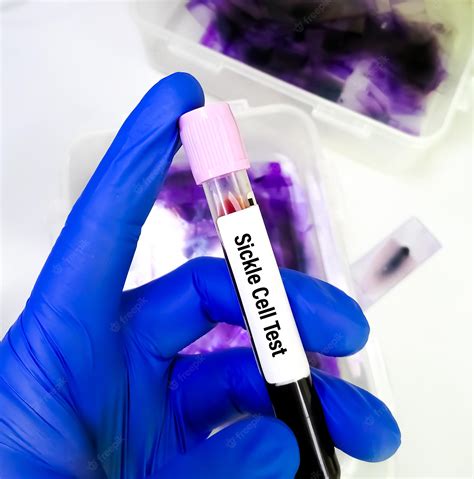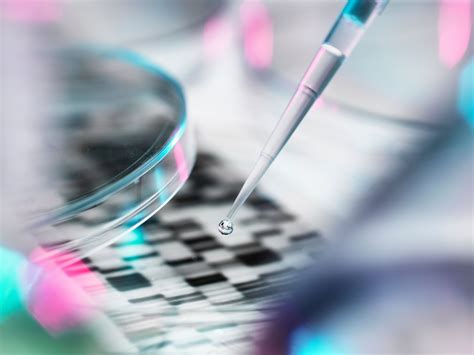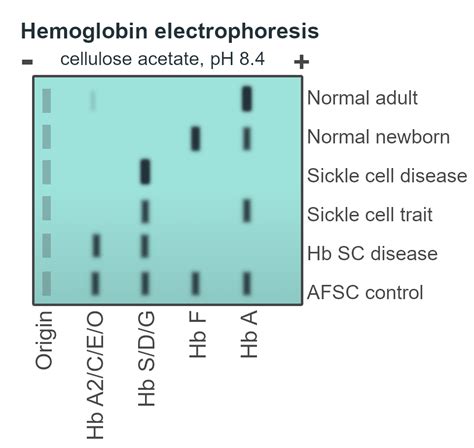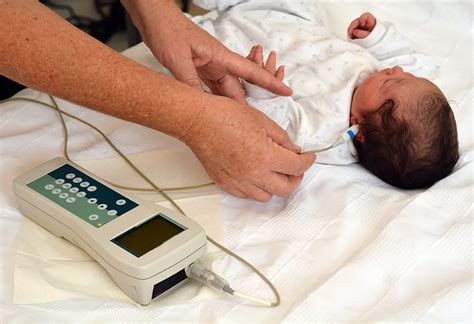Intro
Discover 5 ways to test for sickle cell disease, including blood tests, genetic screening, and prenatal testing, to diagnose and manage sickle cell anemia, a genetic disorder affecting hemoglobin production.
Sickle cell disease is a genetic disorder that affects the hemoglobin in red blood cells, causing them to break down and leading to a range of health problems. Testing for sickle cell disease is crucial for early diagnosis and management of the condition. In this article, we will explore the different ways to test for sickle cell disease, including the benefits and limitations of each method.
The importance of testing for sickle cell disease cannot be overstated. Early diagnosis can help prevent complications and improve the quality of life for individuals with the condition. Additionally, testing can help identify carriers of the sickle cell gene, allowing them to make informed decisions about their reproductive health. With the advancements in medical technology, there are now several ways to test for sickle cell disease, each with its own advantages and disadvantages.
Testing for sickle cell disease is not only important for individuals with a family history of the condition, but also for newborns and pregnant women. Newborn screening programs can detect sickle cell disease in newborns, allowing for early intervention and treatment. Pregnant women can also undergo testing to determine if they are carriers of the sickle cell gene, which can help them make informed decisions about their pregnancy. Furthermore, testing can help identify individuals who are at risk of developing sickle cell disease, allowing them to take preventive measures and manage their condition effectively.
Introduction to Sickle Cell Testing

Types of Sickle Cell Tests
There are several types of tests that can be used to diagnose sickle cell disease, including: * Genetic testing: This involves analyzing a sample of blood or tissue to detect the presence of the sickle cell gene. * Hemoglobin electrophoresis: This test separates the different types of hemoglobin in the blood, allowing for the detection of abnormal hemoglobin. * Sickle cell solubility testing: This test detects the presence of sickle hemoglobin by measuring its solubility in a solution. * Newborn screening: This involves testing newborns for sickle cell disease using a blood sample taken from the heel.Genetic Testing for Sickle Cell

Benefits of Genetic Testing
Genetic testing has several benefits, including: * High accuracy: Genetic testing is a highly accurate method of diagnosing sickle cell disease. * Early diagnosis: Genetic testing can be used to diagnose sickle cell disease in newborns, allowing for early intervention and treatment. * Carrier detection: Genetic testing can detect carriers of the sickle cell gene, allowing them to make informed decisions about their reproductive health.Hemoglobin Electrophoresis

Benefits of Hemoglobin Electrophoresis
Hemoglobin electrophoresis has several benefits, including: * High accuracy: Hemoglobin electrophoresis is a highly accurate method of diagnosing sickle cell disease. * Detection of other hemoglobin disorders: Hemoglobin electrophoresis can detect other hemoglobin disorders, such as beta-thalassemia. * Quantification of hemoglobin: Hemoglobin electrophoresis can quantify the amount of abnormal hemoglobin in the blood, allowing for monitoring of the disease.Sickle Cell Solubility Testing

Benefits of Sickle Cell Solubility Testing
Sickle cell solubility testing has several benefits, including: * Rapid results: Sickle cell solubility testing can provide rapid results, often within a few hours. * Inexpensive: Sickle cell solubility testing is an inexpensive method of diagnosing sickle cell disease. * Easy to perform: Sickle cell solubility testing is a simple test to perform, requiring only a blood sample.Newborn Screening

Benefits of Newborn Screening
Newborn screening has several benefits, including: * Early diagnosis: Newborn screening can detect sickle cell disease in newborns, allowing for early intervention and treatment. * Prevention of complications: Early diagnosis and treatment can prevent complications of sickle cell disease, such as infections and stroke. * Improved quality of life: Early diagnosis and treatment can improve the quality of life for individuals with sickle cell disease.What is sickle cell disease?
+Sickle cell disease is a genetic disorder that affects the hemoglobin in red blood cells, causing them to break down and leading to a range of health problems.
How is sickle cell disease diagnosed?
+Sickle cell disease can be diagnosed using a variety of tests, including genetic testing, hemoglobin electrophoresis, and sickle cell solubility testing.
What are the benefits of early diagnosis and treatment of sickle cell disease?
+Early diagnosis and treatment of sickle cell disease can prevent complications, improve the quality of life, and increase life expectancy.
Can sickle cell disease be cured?
+Currently, there is no cure for sickle cell disease, but early diagnosis and treatment can help manage the condition and prevent complications.
How can I get tested for sickle cell disease?
+You can get tested for sickle cell disease by consulting with your healthcare provider, who can order the necessary tests and provide guidance on the results.
In conclusion, testing for sickle cell disease is crucial for early diagnosis and management of the condition. There are several methods of testing, including genetic testing, hemoglobin electrophoresis, sickle cell solubility testing, and newborn screening. Each method has its own advantages and limitations, and the choice of test depends on the individual's specific needs and circumstances. By understanding the different methods of testing and their benefits, individuals can make informed decisions about their health and take steps to manage their condition effectively. We invite you to share your thoughts and experiences with sickle cell testing in the comments below, and to share this article with others who may benefit from this information.
